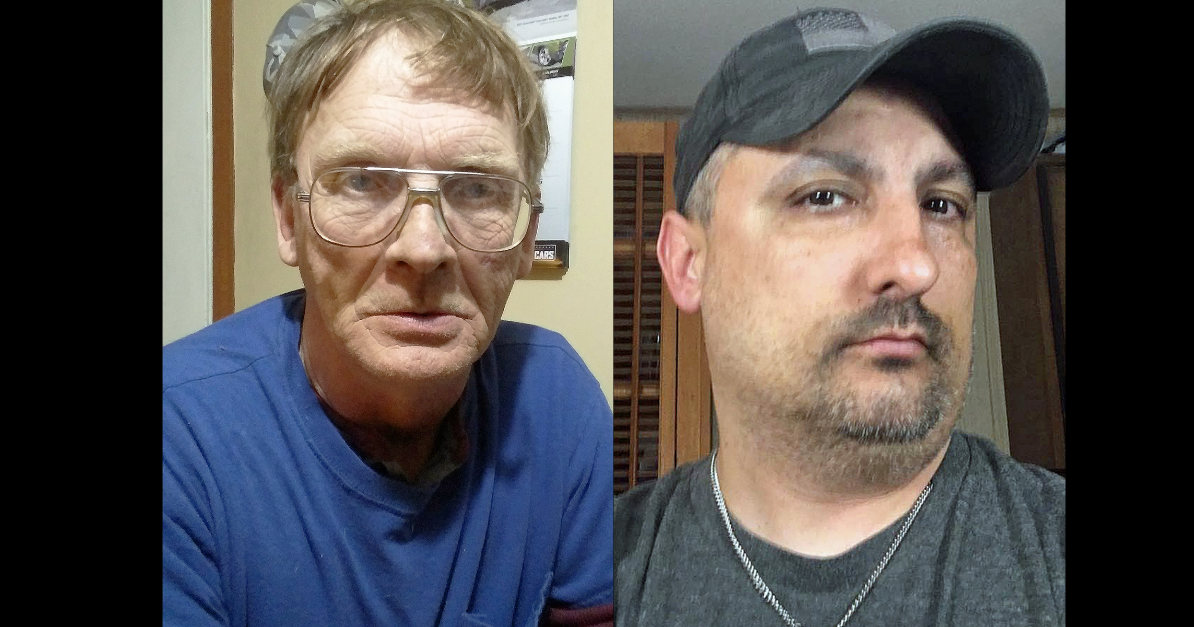“Our price points are pretty much at par with all our competitor products in all the major key categories,” Allan said. “It doesn’t feel like there’s anything unique that’s happening related to Stanley Black & Decker. This is truly more of a market phenomenon that’s playing out.” To some extent that is true: Paint giant Sherwin-Williams Co. warned earlier this week of a faster-than-expected deterioration in demand in Europe, a weaker recovery in China after the latest round of Covid lockdowns and a slowdown in DIY purchases in North America. Orders for residential heating, air-conditioning and ventilation systems declined in the second quarter at Carrier Global Corp., although that was mostly a reflection of normalizing supply chains and buying habits. Still, most of the organic growth for this segment in the quarter came from price increases. Pool-equipment manufacturer Hayward Holdings Inc. also drastically cut its guidance on Thursday. The company is now forecasting a sales decline of as much as a 6% in 2022, compared with an earlier estimate for as much as 12% growth, as easing supply chain constraints and macroeconomic worries lead customers to dial back their orders and work through existing inventory.
Read more: A Clear Pool Will Cost a Lot More This Summer: Brooke Sutherland
But Stanley can ill afford more hits to its credibility. The stark reversal of its 2022 outlook comes after the company chopped its earnings outlook in April by almost 20% on what Allan termed then as an appropriately “conservative” view of inflationary pressures and a “modest haircut” to volume expectations lest price increases start to rankle consumers. Stanley reaffirmed its April guidance as recently as early June in conjunction with the announcement that Allan, the company’s longtime chief financial officer, would succeed Jim Loree as CEO. Allan said Thursday that the deterioration in consumer demand for power tools and outdoor products like lawn mowers had been “swift.” But “this performance feels worse than the current state of the Big Box” retailers, Wolfe Research analyst Nigel Coe wrote in a report on Thursday. Despite sending cautionary signals in April, Stanley’s inventories swelled by an additional $400 million in the second quarter, creating a drag on its cash flow.
Stanley is now acting as if the economy is headed for a recession. While demand from professionals for its power tools has been more resilient and there’s a significant backlog in that business that should support strong growth for six to nine months, there are some early signs that the momentum is moderating and that the pace of orders may start to ease in that market as well, Stanley said. The company plans to cut costs by $2 billion over three years, including by localizing more of its supply chain and consolidating its factories to eliminate 30% of its operating footprint. To address its bloated inventory, Stanley will curb production of finished goods.
Read more: Pros Take Over House Projects From Amateurs: Brooke Sutherland
The home-improvement boom was always going to taper off at some point. As pandemic restrictions fade, consumers simply have more options for how to spend their time, and inflation is clearly curbing this category of spending. But the speed at which the power-tool market went from hot to not serves as a warning for the more industrial side of the economy, which so far is seeing little evidence of a real slowdown. Industrial demand never boomed in the way that residential spending did, so there’s less room for a bust, and there are factors that could support continued capital spending even in the face of a consumer slowdown. But Stanley’s big whiff shows why investors are right to take industrial CEOs’ optimism with a grain of salt.
More From Writers at Bloomberg Opinion:
• Industrial Spending Should Boom. But Will It?: Brooke Sutherland
• Low-Income Consumers Get a Break, But It May Be Brief: Conor Sen
• Consumer Companies Can’t Ignore Walmart Troubles: Andrea Felsted
This column does not necessarily reflect the opinion of the editorial board or Bloomberg LP and its owners.
Brooke Sutherland is a Bloomberg Opinion columnist covering deals and industrial companies. A former M&A reporter for Bloomberg News, she writes the Industrial Strength newsletter.
More stories like this are available on bloomberg.com/opinion







:max_bytes(150000):strip_icc():focal(658x427:660x429)/home-improvement-then-now-022224-1-a2c6349af19b43358e4ab0a76c3a9cf5.jpg)


